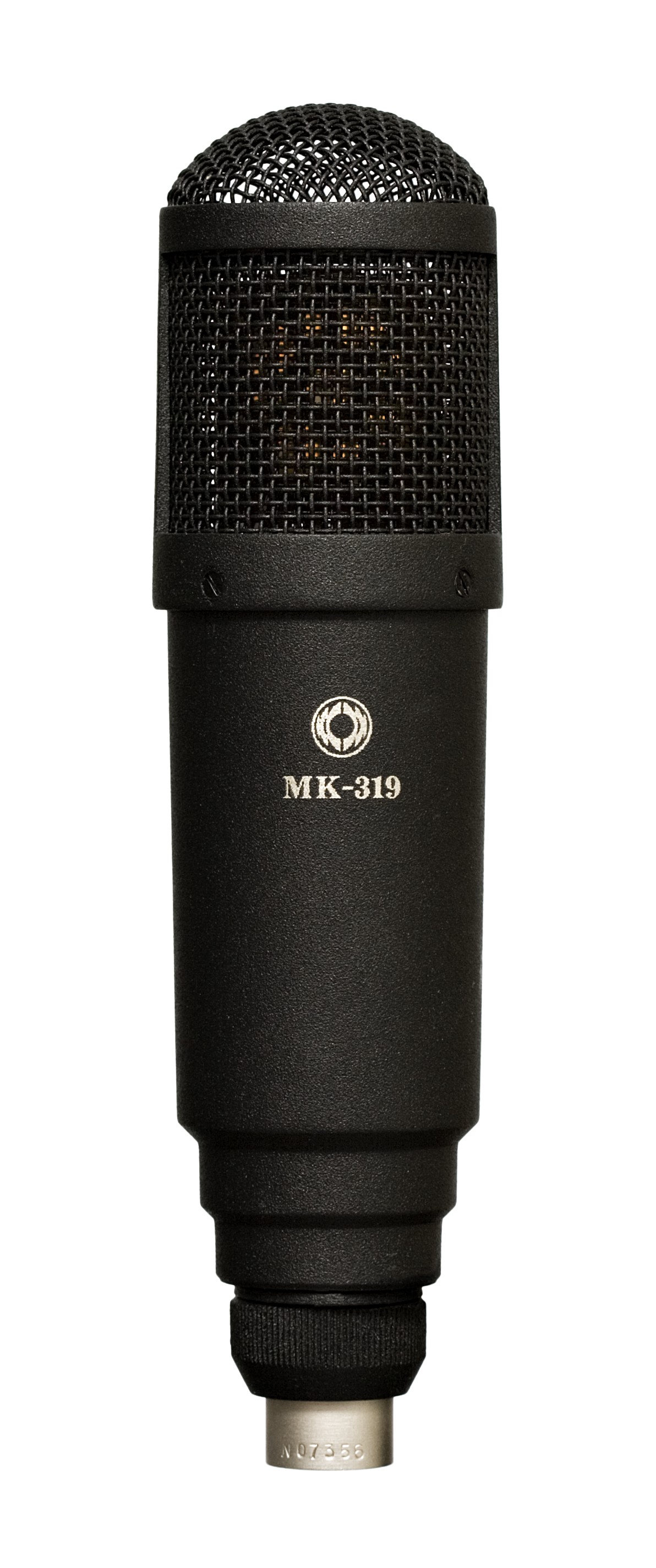|
Taper (concert)
A taper is a person who records musical events, often from standing microphones in the audience, for the benefit of the musical group's fanbase. Such taping was popularized in the late 1960s and early 1970s by fans of the Grateful Dead. Audio recording, while not officially allowed until the creation by the band of a "tapers' section" behind the soundboard in the mid-1980s, was generally tolerated at shows and fans would share their tapes through trade. Taping and trading became a Grateful Dead sub-culture. Tapers generally do not financially profit from recording such concerts and record using their own equipment with permission from the artist. Taper recordings are commonly considered legal because the recordings are permitted and distribution is free. Taper etiquette strictly excludes bootlegging for profit. "Stealth taper" is a common term for a person who may furtively bring equipment into shows to record without explicit permission. Although taping is usually done with micro ... [...More Info...] [...Related Items...] OR: [Wikipedia] [Google] [Baidu] |
Taper Section
Taper may refer to: * Part of an object in the shape of a cone (conical) * Taper (transmission line), a transmission line gradually increasing or decreasing in size * Fishing rod taper, a measure of the flexibility of a fishing rod * Conically tapered joints, made of Ground glass joint#Conically tapered joints, ground glass, commonly used in chemistry labs to mate two glassware components fitted with glass tubings * Luer Taper, a standardized fitting system used for making leak-free connections between slightly conical syringe tips and needles * Tapered thread, a conical screw thread made of a helicoidal ridge wrapped around a cone * Machine taper, in machinery and engineering * Mark Taper Forum, a theatre in the Los Angeles Music Center * A ratio used in aeronautics (see Chord (aeronautics)#Tapered wing, Chord (aeronautics)) * A thin candle * Philadelphia Tapers (also New York Tapers and Washington Tapers), a defunct professional basketball team * Taper (cymbal), the reduction in ... [...More Info...] [...Related Items...] OR: [Wikipedia] [Google] [Baidu] |
Grateful Dead
The Grateful Dead was an American rock band formed in 1965 in Palo Alto, California. The band is known for its eclectic style, which fused elements of rock, folk, country, jazz, bluegrass, blues, rock and roll, gospel, reggae, world music, and psychedelia; for live performances of lengthy instrumental jams that typically incorporated modal and tonal improvisation; and for its devoted fan base, known as "Deadheads". "Their music", writes Lenny Kaye, "touches on ground that most other groups don't even know exists." These various influences were distilled into a diverse and psychedelic whole that made the Grateful Dead "the pioneering Godfathers of the jam band world". The band was ranked 57th by ''Rolling Stone'' magazine in its " The Greatest Artists of All Time" issue. The band was inducted into the Rock and Roll Hall of Fame in 1994 and a recording of their May 8, 1977 performance at Cornell University's Barton Hall was added to the National Recording Registry o ... [...More Info...] [...Related Items...] OR: [Wikipedia] [Google] [Baidu] |
Bootleg Recording
A bootleg recording is an audio or video recording of a performance not officially released by the artist or under other legal authority. Making and distributing such recordings is known as ''bootlegging''. Recordings may be copied and traded among fans without financial exchange, but some bootleggers have sold recordings for profit, sometimes by adding professional-quality sound engineering and packaging to the raw material. Bootlegs usually consist of unreleased studio recordings, live performances or interviews without the quality control of official releases. The practice of releasing unauthorised performances had been established before the 20th century, but reached new popularity with Bob Dylan's ''Great White Wonder'', a compilation of studio outtakes and demos released in 1969 using low-priority pressing plants. The following year, the Rolling Stones' ''Live'r Than You'll Ever Be'', an audience recording of a late 1969 show, received a positive review in '' Rolling St ... [...More Info...] [...Related Items...] OR: [Wikipedia] [Google] [Baidu] |
Mixing Console
A mixing console or mixing desk is an electronic device for Audio mixing (recorded music), mixing audio signals, used in sound recording and reproduction and sound reinforcement systems. Inputs to the console include microphones, signals from electric or electronic instruments, or recorded sounds. Mixers may control analog or Digital signal (signal processing), digital signals. The modified signals are summation, summed to produce the combined output signals, which can then be broadcast, amplified through a sound reinforcement system or recorded. Mixing consoles are used for applications including recording studios, public address systems, sound reinforcement systems, nightclubs, broadcasting, and post-production. A typical, simple application combines signals from microphones on stage into an amplifier that drives one set of loudspeakers for the audience. A DJ mixer may have only two channels, for mixing two phonograph, record players. A coffeehouse's tiny stage might only h ... [...More Info...] [...Related Items...] OR: [Wikipedia] [Google] [Baidu] |
Condenser Microphones
A microphone, colloquially called a mic or mike (), is a transducer that converts sound into an electrical signal. Microphones are used in many applications such as telephones, hearing aids, public address systems for concert halls and public events, motion picture production, live and recorded audio engineering, sound recording, two-way radios, megaphones, and radio and television broadcasting. They are also used in computers for recording voice, speech recognition, VoIP, and for other purposes such as ultrasonic sensors or knock sensors. Several types of microphone are used today, which employ different methods to convert the air pressure variations of a sound wave to an electrical signal. The most common are the dynamic microphone, which uses a coil of wire suspended in a magnetic field; the condenser microphone, which uses the vibrating diaphragm as a capacitor plate; and the contact microphone, which uses a crystal of piezoelectric material. Microphones typically n ... [...More Info...] [...Related Items...] OR: [Wikipedia] [Google] [Baidu] |
Phantom Power
Phantom power, in the context of professional audio equipment, is DC electric power transmitted through microphone cables to operate microphones that contain active electronic circuitry. It is best known as a convenient power source for condenser microphones, though many active direct boxes also use it. The technique is also used in other applications where power supply and signal communication take place over the same wires. Phantom power supplies are often built into mixing consoles, microphone preamplifiers and similar equipment. In addition to powering the circuitry of a microphone, traditional condenser microphones also use phantom power for polarizing the microphone's transducer element. History Phantom powering was first used (and still is used) in copper wire based landline telephone systems since the introduction of the rotary-dial telephone in 1919. One such application in the telephone system was to provide a DC signaling path around transformer-connected ampl ... [...More Info...] [...Related Items...] OR: [Wikipedia] [Google] [Baidu] |
Preamplifier
A preamplifier, also known as a preamp, is an electronic amplifier that converts a weak electrical signal into an output signal strong enough to be noise-tolerant and strong enough for further processing, or for sending to a power amplifier and a loudspeaker. Without this, the final signal would be noisy or distorted. They are typically used to amplify signals from analog sensors such as microphones and pickups. Because of this, the preamplifier is often placed close to the sensor to reduce the effects of noise and interference. Description An ideal preamp will be linear (have a constant gain through its operating range), have high input impedance (requiring only a minimal amount of current to sense the input signal) and a low output impedance (when current is drawn from the output there is minimal change in the output voltage). It is used to boost the signal strength to drive the cable to the main instrument without significantly degrading the signal-to-noise ratio (SNR) ... [...More Info...] [...Related Items...] OR: [Wikipedia] [Google] [Baidu] |
Lossless Data Compression
Lossless compression is a class of data compression that allows the original data to be perfectly reconstructed from the compressed data with no loss of information. Lossless compression is possible because most real-world data exhibits statistical redundancy. By contrast, lossy compression permits reconstruction only of an approximation of the original data, though usually with greatly improved compression rates (and therefore reduced media sizes). By operation of the pigeonhole principle, no lossless compression algorithm can efficiently compress all possible data. For this reason, many different algorithms exist that are designed either with a specific type of input data in mind or with specific assumptions about what kinds of redundancy the uncompressed data are likely to contain. Therefore, compression ratios tend to be stronger on human- and machine-readable documents and code in comparison to entropic binary data (random bytes). Lossless data compression is used in man ... [...More Info...] [...Related Items...] OR: [Wikipedia] [Google] [Baidu] |
Free Lossless Audio Codec
FLAC (; Free Lossless Audio Codec) is an audio coding format for lossless compression of digital audio, developed by the Xiph.Org Foundation, and is also the name of the free software project producing the FLAC tools, the reference software package that includes a codec implementation. Digital audio compressed by FLAC's algorithm can typically be reduced to between 50 and 70 percent of its original size and decompresses to an identical copy of the original audio data. FLAC is an open format with royalty-free licensing and a reference implementation which is free software. FLAC has support for metadata tagging, album cover art, and fast seeking. History Development was started in 2000 by Josh Coalson. The bit-stream format was frozen when FLAC entered beta stage with the release of version 0.5 of the reference implementation on 15 January 2001. Version 1.0 was released on 20 July 2001. On 29 January 2003, the Xiph.Org Foundation and the FLAC project announced the incorpor ... [...More Info...] [...Related Items...] OR: [Wikipedia] [Google] [Baidu] |
Etree
etree, or electronic tree, is a music community created in the summer of 1998 for the online trading of live concert recordings. etree pioneered the standards for distributing lossless audio on the net and only permits its users to distribute the music of artists that allow the free taping and trading of their music. The organization describes itselhere Background etree.org was created because collectors and curators of live music recordings historically faced four related problems: First, a problem common to all curators: source material degrades over time. In particular, the magnetic audio tape used to make many live audio recordings physically decays and, as it is repeatedly played back, loses its clarity. Preserving musical source material, therefore, meant restricting access to it. As a result, archival music may have been preserved, but it was not being heard by anyone. Similarly, individuals who possessed live concert recordings were typically unable to store them appro ... [...More Info...] [...Related Items...] OR: [Wikipedia] [Google] [Baidu] |
Cassette Culture
The cassette culture (also known as the tape/cassette scene or cassette underground) refers to the practices associated with amateur production and distribution of music and sound art on compact cassette that emerged in the mid-1970s. The cassette was used by fine artists and poets for the independent distribution of new work. This article focuses on the independent music scene associated with the cassette that burgeoned internationally in the second half of the 1970s. Scope of the article It is necessary at the outset to make clear what “cassette culture” refers to in regard to this article. It is not a general article on the cultural history of the compact audio cassette and its technology. The article does not cover the use of the compact audio cassette as a music medium per se, or, in general, the use of the cassette tape as a means for the cheap reproduction and direct distribution of music by artists or other individuals. The subject of this article does not refer to th ... [...More Info...] [...Related Items...] OR: [Wikipedia] [Google] [Baidu] |



.jpg)



.jpg)